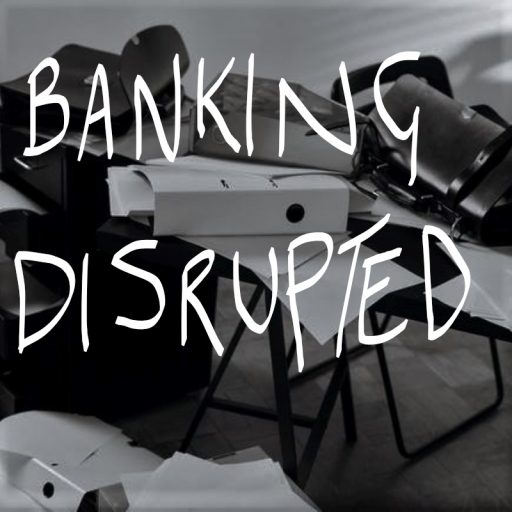In a world that changes so rapidly, be that through technology advances, a new method for better understanding of human psychology, or the march towards a super connected IoT world, what does business strategy look like going forward?
Traditionally, the setting of business strategy has been a very introspective process…mainly involving looking in the rear-view mirror and seeing what has worked well. Therefore asking, can more of the successful activity be scaled going forward. Hence, the business direction of travel is set on what has occurred before, and how consumers thought about services over that historic period. There is perhaps less attention paid to what future consumers, and potential customers may desire i.e. what the innovation required to keep current customers interested, or how to attract potential new ones.
The recent emergence of Design Thinking, or Innovation by Design, seeks to bridge the gap between where a business is today and what the future customer value proposition needs to look like. Design thinking is perhaps best defined by Tim Brown, CEO of IDEO…
“Design thinking can be described as a discipline that uses the designer’s sensibility and methods to match people’s needs with what is technologically feasible and what a viable business strategy can convert into customer value and market opportunity.”
The approach for running strategy through this type of design process involves 4 key stages:
- Identifying the “why”, that is, what is the context behind needing to change and do something differently. This could be based on a changing industry landscape or evolving customer expectations
- Developing an insight into future customer needs and expectations. This involves putting yourself into the shoes of the customer to determine what future needs may be i.e. creating a set of personas that capture what the future vision may look like over time
- Gaining customer insights around the proposed future value proposition e.g. the ability to mock this world up digitally, and get feedback from potential prospects to make the proposition, look and feel as relevant as possible
- Lastly, defining what the technology solution needs to look like to deliver the value proposition. This should consider what tools are available already, what other newer players are doing, and adding the right mix of new technologies that will allow continuous and quick launch to market going forward
Even though the process is quite detailed, the ability to get to a meaningful view of the future can happen over a couple of weeks; this is definitely a lot shorter than some exiting strategy cycles that can last a few months. Also, with all design and direction revolving around future customer needs, the chances of getting it right…or right enough increase. This is demonstrated by looking at companies who regularly use this approach to drive future thinking, and business direction.
Some key insights on how the value equation for a company can look in light of adopting a Design Thinking led approach to innovation is presented in the Creativity at Work, 2017 article on How do you create a strategy for guaranteeing that innovation and creativity flourish in your organization?
“When design principles are applied to strategy and innovation the success rate for innovation dramatically improves. Design-led companies such as Apple, Coca-Cola, IBM, Nike, Procter & Gamble and Whirlpool have outperformed the S&P 500 over the past 10 years by an extraordinary 219%, according to a 2014 assessment by the Design Management Institute”
Design Thinking used to be thought of as a way of driving creative innovative quickly, based on the S&P analysis shown above, it now features as an essential way to drive sustainable competitive advantage and market leadership.





